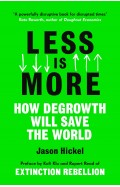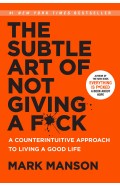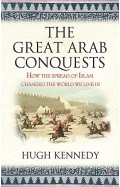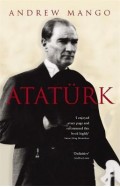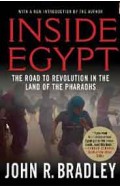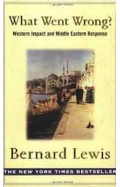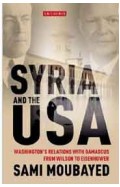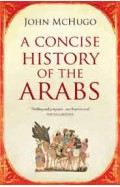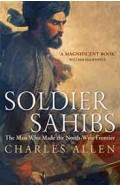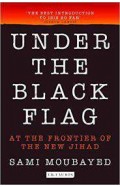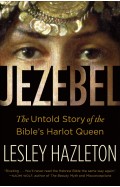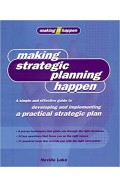- Home
- Books
- Sale
- Budget-Friendly Books
- Islam's Political Order: The Model, Deviation and Muslim Response
Islam's Political Order: The Model, Deviation and Muslim Response
By: Syed Abul Ala Maududi
-
Rs 360.00
- Rs 450.00
- 20%
You save Rs 90.00.
Due to constant currency fluctuation, prices are subject to change with or without notice.
The central theme of this book relates to the nature of the Islamic caliphate and its makeup. How did it actualize itself in the first century of Islam? What were the causes that led to its shift to monarchy? And finally when the change did take place, what was the Ummah’s reaction to this change? To explain this, all the pertinent Ayaat (verses) of the Qur’an that have relevance to the primary political issues have been compiled in the work to enable the readers to have a glimpse of the Islamic state that the Qur’an wants to have.The second chapter of the book deals with the principles of Islamic governance in the light of the Qur’an, the Sunnah, and the precepts and sayings of the prominent Ṣaḥābah (raḍi Allahu ‘anhu). The third chapter speaks of the distinguishing characteristics of the pious caliphate as known in the history. The fourth chapter delineates the causes that led to the shift from the caliphate to monarchy. While the following two chapters discuss the difference between the caliphate and monarchy, the change that the monarchy caused and the way the caliphal fall led to schismatic polarization and conflicts among the Muslims, followed by the ulama’s effort to bridge the cleavages wrought by the change in the system of governance as typified by Imām Abū Ḥanīfah’s and Abū Yūsuf ’s works.Today when an ongoing debate is taking place on the nature of Islamic state, “political Islam” and relation between state and “religion”, this research work of the Mawlana provides a resume of how the Qur’an and the Sunnah of the Prophet (pbuh), visualize a modern Islamic state.
The central theme of this book relates to the nature of the Islamic caliphate and its makeup. How did it actualize itself in the first century of Islam? What were the causes that led to its shift to monarchy? And finally when the change did take place, what was the Ummah’s reaction to this change? To explain this, all the pertinent Ayaat (verses) of the Qur’an that have relevance to the primary political issues have been compiled in the work to enable the readers to have a glimpse of the Islamic state that the Qur’an wants to have.The second chapter of the book deals with the principles of Islamic governance in the light of the Qur’an, the Sunnah, and the precepts and sayings of the prominent Ṣaḥābah (raḍi Allahu ‘anhu). The third chapter speaks of the distinguishing characteristics of the pious caliphate as known in the history. The fourth chapter delineates the causes that led to the shift from the caliphate to monarchy. While the following two chapters discuss the difference between the caliphate and monarchy, the change that the monarchy caused and the way the caliphal fall led to schismatic polarization and conflicts among the Muslims, followed by the ulama’s effort to bridge the cleavages wrought by the change in the system of governance as typified by Imām Abū Ḥanīfah’s and Abū Yūsuf ’s works.Today when an ongoing debate is taking place on the nature of Islamic state, “political Islam” and relation between state and “religion”, this research work of the Mawlana provides a resume of how the Qur’an and the Sunnah of the Prophet (pbuh), visualize a modern Islamic state.
Islam's Political Order: The Model, Deviation and Muslim Response
By: Syed Abul Ala Maududi
Rs 360.00 Rs 450.00 Ex Tax :Rs 360.00
Towards Understanding Islam Collectors Edition
By: Syed Abul Ala Maududi
Rs 1,422.00 Rs 1,580.00 Ex Tax :Rs 1,422.00
Zubin Mehta: A Musical Journey (An Authorized Biography)
By: VOID - Bakhtiar K. Dadabhoy
Rs 892.50 Rs 1,050.00 Ex Tax :Rs 892.50
Less Is More - How Degrowth Will Save the World
By: Jason Hickel
Rs 2,605.50 Rs 2,895.00 Ex Tax :Rs 2,605.50
Inside Egypt The Road to Revolution in the Land of the Pharaohs
By: John R. Bradley
Rs 4,245.75 Rs 4,995.00 Ex Tax :Rs 4,245.75
What Went Wrong?: Western Impact and Middle Eastern Response
By: Bernard Lewis
Rs 2,245.50 Rs 2,495.00 Ex Tax :Rs 2,245.50
Syria and the USA: Washingtons Relations with Damascus from Wilson to Eisenhower
By: Sami Moubayed
Rs 1,572.50 Rs 1,850.00 Ex Tax :Rs 1,572.50
Soldier Sahibs The Men Who Made the NorthWest Frontier
By: Charles Allen
Rs 1,816.75 Rs 2,795.00 Ex Tax :Rs 1,816.75
Under the Black Flag At the Frontier of the New Jihad
By: Sami Moubayed
Rs 1,196.25 Rs 1,595.00 Ex Tax :Rs 1,196.25
Jezebel The Untold Story of the Bibles Harlot Queen
By: Lesley Hazleton
Rs 2,875.50 Rs 3,195.00 Ex Tax :Rs 2,875.50
Eat Your Heart Out: Who Really Decided What Ends Up On Your Plate
By: Felicity Lawrence
Rs 675.75 Rs 795.00 Ex Tax :Rs 675.75
Less Is More - How Degrowth Will Save the World
By: Jason Hickel
Rs 2,605.50 Rs 2,895.00 Ex Tax :Rs 2,605.50
Google Leaks: A Whistleblower's Exposé of Big Tech Censorship
By: Zach Vorhies
Rs 2,897.50 Rs 5,795.00 Ex Tax :Rs 2,897.50
Making Strategic Planning Happen Paperback – January 1, 2008
By: Neville Lake
Rs 3,032.80 Rs 3,568.00 Ex Tax :Rs 3,032.80
The Sisters of Auschwitz: The true story of two Jewish sisters’ resistance in the heart of Nazi territory
By: Roxane van Iperen
Rs 1,270.75 Rs 1,495.00 Ex Tax :Rs 1,270.75
Charlie Hernández & the League of Shadows
By: Ryan Calejo
Rs 2,965.50 Rs 3,295.00 Ex Tax :Rs 2,965.50
Zubin Mehta: A Musical Journey (An Authorized Biography)
By: VOID - Bakhtiar K. Dadabhoy
Rs 892.50 Rs 1,050.00 Ex Tax :Rs 892.50
Islam's Political Order: The Model, Deviation and Muslim Response
By: Syed Abul Ala Maududi
Rs 360.00 Rs 450.00 Ex Tax :Rs 360.00
Towards Understanding Islam Collectors Edition
By: Syed Abul Ala Maududi
Rs 1,422.00 Rs 1,580.00 Ex Tax :Rs 1,422.00
Less Is More - How Degrowth Will Save the World
By: Jason Hickel
Rs 2,605.50 Rs 2,895.00 Ex Tax :Rs 2,605.50












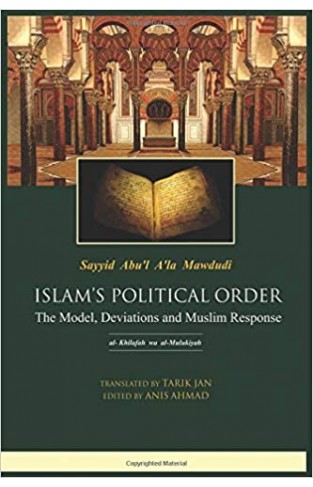
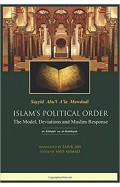
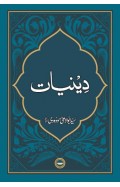

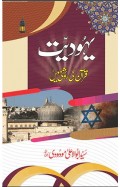
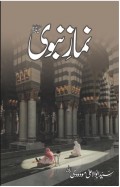
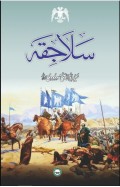
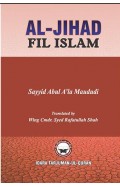

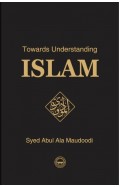
-120x187.jpg?q6)





